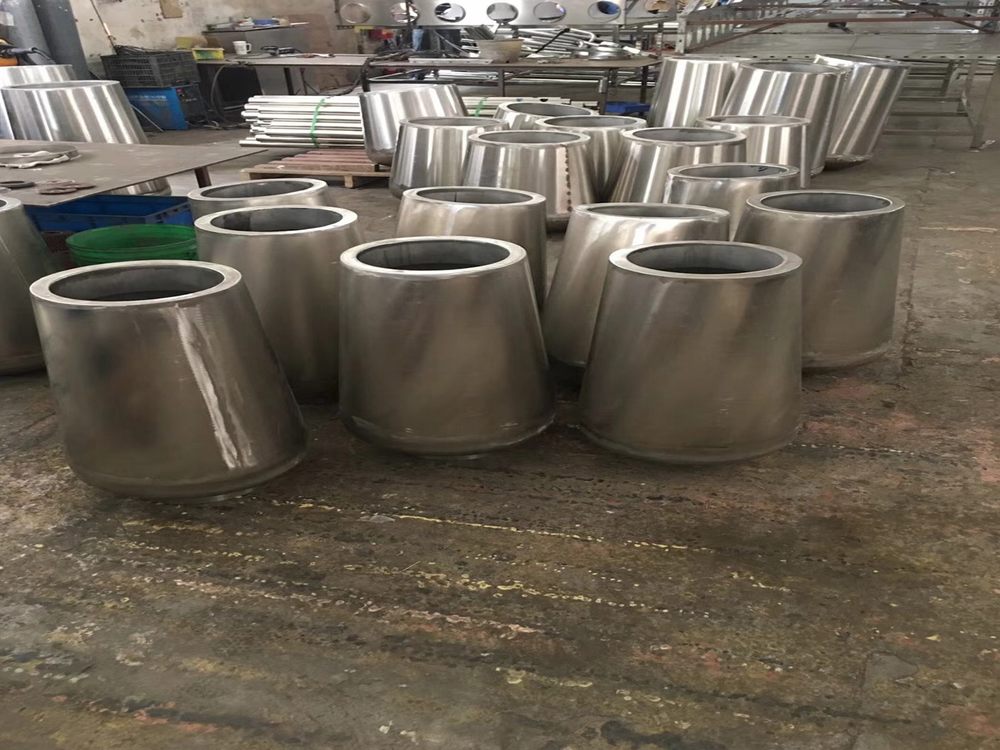
Bronze sculptures have long been admired for their durability and timeless beauty, but how do they fare in environments with high levels of volcanic ash? Volcanic ash, composed of fine abrasive particles and corrosive chemicals, can pose challenges to many materials. However, bronze—an alloy primarily of copper and tin—exhibits remarkable resilience in such conditions.
One of bronze’s key advantages is its natural corrosion resistance. Over time, bronze develops a protective patina, a thin layer of oxidation that shields the underlying metal from further degradation. In volcanic ash-rich areas, this patina may form more quickly due to the presence of sulfur compounds, but it often enhances the sculpture’s aesthetic with unique green or blue hues.
That said, prolonged exposure to volcanic ash can accelerate wear. The abrasive nature of ash particles may erode surface details, while acidic components like sulfur dioxide can speed up corrosion if the patina is compromised. To preserve bronze sculptures in such environments, regular cleaning with soft brushes and distilled water is recommended. Applying wax coatings can also provide an additional protective barrier.
Artists and conservators often choose bronze for outdoor installations in volcanic regions precisely because of its endurance. While maintenance is necessary, bronze’s ability to adapt and develop character over time makes it a favored medium, even in harsh conditions. By understanding these dynamics, collectors and curators can ensure these artworks remain stunning for generations.

